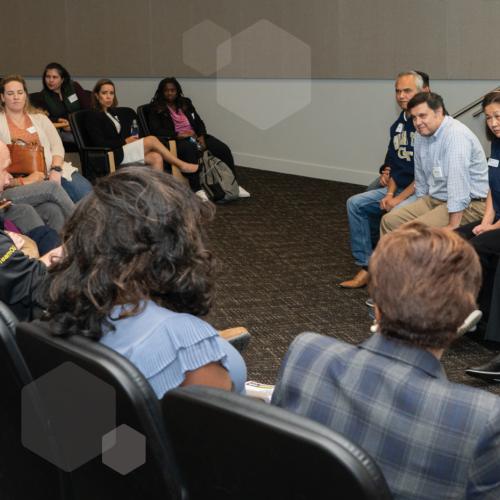Everything is Tuberculosis and Silica in Workplace Safety
Safety and Health instructor Jenny Houlroyd recommends Everything is Tuberculosis by John Green as a thoughtful read for professionals both within and beyond the Occupational Safety and Health industry.

The world of occupational safety and health is often siloed into a realm that sometimes feels isolated from the broader public health umbrella, hidden in workplaces across the globe, instead of in the public eye. Individuals in health and safety often train up to the role of EHS professional (environmental, health, and safety) through on-the-job training. However, I am the opposite. I am a public health professional at heart — with three degrees in public health — who fell into the world of workplace safety and health in response to seeing the impact work had on our overall societal well-being.
To me, everything is workplace safety and health. And lately, everything has been silica exposure on the job. When you train people about the hazards of exposure to silica, one of the perplexing aspects is the relationship silica exposure has on workers, making them more susceptible to contracting tuberculosis, and vice versa. If you have tuberculosis, you are more likely to get sick from exposure to silica.
In my courses, when I teach that medical surveillance requires tuberculosis screening, it is not uncommon for class participants to recoil at the idea of talking about or acknowledging the disease. “Why should our company have to test for tuberculosis, an infectious disease not caused by workplace exposure?” my students emphatically lament, bothered by the idea that, in reality, everything is connected, everything is tuberculosis.
The book, "Everything is Tuberculosis – The History and Persistence of our Deadliest Infection" by John Green is a quick, approachable read, but it left an impression on me that will last a long time. Now, more than ever, as we see massive shifts in public health and occupational health infrastructure (in particular the National Institute of Occupational Safety and Health), it is so important to remember that yes, indeed, everything is tuberculosis. But what does that even mean? Here are some of my key takeaways.
1. This book explains how stigmas and misinformation can change how we treat any disease and people impacted by illnesses. History has no shortage of people dying alone, isolated, because of the stigma associated with that disease. Think AIDs, think substance abuse disorders, think even about COVID-19. And this relates so much to occupational health. Far too often, I see workers blamed for their illness, shamed for not knowing about something they weren’t trained on, or somehow getting sick because of where they were from, who they are, or the lifestyle they live — instead of the exposure that caused the illness.
2. John Green reminds us that we are all humans, and as a society, have allowed 150,000,000 humans to die from tuberculosis since a cure was discovered in the 1950s. This book follows the true story of Henry, who contracted tuberculosis as a child. His story is one of faith, hard work, and overcoming obstacles. And yet, also one shaped by a world that values some lives over others, dependent on geography, money, politics, and access to resources.
When I go out and inspect facilities, too often I hear the “othering” of workers. I see workers being taken advantage of and placed in the most hazardous jobs because they are vulnerable — temporary laborers, not native English speakers, those with immigration issues, and very young workers, are a few examples. I see the struggles these workers have with accessing personal protective equipment, healthcare, and stable housing, and how all these factors make them vulnerable to hazards at work and in their day-to-day lives. At the end of the day, they want what I want: to live a healthy and fulfilling existence and it is safety professional's jobs to make sure their workplace doesn't impede this existence.
3. At its core, this book is about the social determinants of health, the idea that our human-built systems and how societies allocate or withhold resources determine which humans are most likely to get sick and die from illness. At its core, this book is about how we are both the cause and the cure. This is how I see workplaces. Workplaces can potentially cause exposure, but they can also prevent that exposure and protect their workers. Now, more than ever, public health needs advocates in the workplace and the community; advocates who fight for the social determinants of health and push to have public health in all policies, not stripped it away.
As a safety and health professional I hope that "Everything is Tuberculosis" moves others to action and discussion. The best part of finding a great book is sharing the part that inspired, impacted, and challenged how you see the world. Reading "Everything is Tuberculosis" has solidified my commitment to protecting worker health.
Author: Jenny Houlroyd
Editor & Digital Producer: Kat Bell

